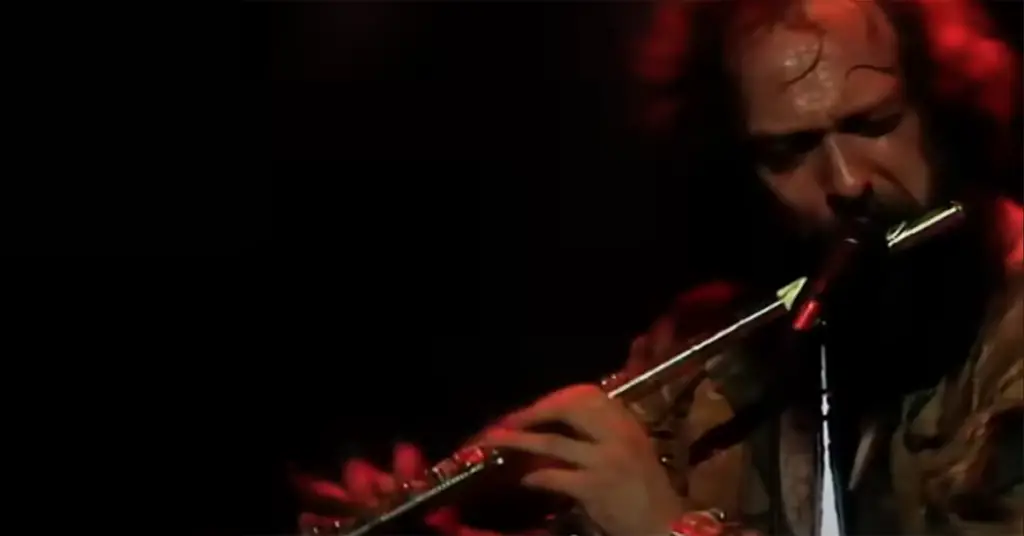Jethro Tull – Locomotive Breath: The Runaway Train of Rock
The Sound of Controlled Chaos
There’s something instantly gripping about “Locomotive Breath.” From its haunting piano intro to that unstoppable riff that barrels forward like steel on rails, it’s one of Jethro Tull’s most powerful songs — a track that still feels like it might blow off the tracks at any second.
The first time I heard it, I remember feeling almost breathless by the end — the song doesn’t just play, it charges.
A Progressive Rock Powerhouse
Released in 1971 on the classic album Aqualung, “Locomotive Breath” became one of Jethro Tull’s defining songs. Ian Anderson wrote it as a metaphor for modern life — the relentless pace of society and how it can feel like we’re all trapped on a train that never stops.
It’s both a social critique and a rock anthem, wrapped up in one of the most distinctive sounds of the era.
The Lyrics: The Unstoppable Machine
Anderson’s lyrics are full of tension and fatalism. The “train” isn’t just a machine — it’s life itself, moving too fast for anyone to control. Lines like “He hears the silence howling / Catches angels as they fall” paint a picture of chaos, loss, and resignation.
The chorus — “No way to slow down” — isn’t just a warning; it’s a statement of reality. In true Tull fashion, it’s poetic, biting, and deeply human all at once.
The Music: Jazz, Blues, and Hard Rock Collide
Musically, “Locomotive Breath” is a perfect example of why Jethro Tull stood apart from their peers. It starts with a delicate, almost classical piano intro by John Evan — calm before the storm — and then bursts into that driving, syncopated riff that feels like a locomotive gathering speed.
Martin Barre’s guitar cuts like a blade, Clive Bunker’s drumming is explosive, and Anderson’s flute solo? Wild, unrestrained, and absolutely iconic. It’s progressive rock at its finest: complex but completely alive.
The Song’s Legacy
Though Aqualung gave Jethro Tull their commercial breakthrough, “Locomotive Breath” became a live staple for decades. It’s one of those songs that grew even more ferocious on stage, where Anderson’s theatrical energy turned it into something electric.
It’s been covered by countless bands, from hard rockers to jazz ensembles — proof of how deeply it connected with musicians across genres.
A Fan’s Reflection
I remember watching an old live video of Jethro Tull performing “Locomotive Breath,” with Anderson hopping across the stage, flute in hand, eyes wild with intensity. I couldn’t look away. The performance felt both disciplined and completely unhinged — like that runaway train he was singing about.
Even now, whenever the song comes on, I find myself tapping along, swept up in its momentum. It’s rock music that refuses to sit still.
Why Locomotive Breath Still Blows Us Away
More than fifty years later, “Locomotive Breath” remains one of Jethro Tull’s most enduring masterpieces. It captures the band’s genius for blending virtuosity with emotion, humor with gravity.
For me, it’s more than just a great rock song — it’s a reminder of what happens when music mirrors life: beautiful, chaotic, unstoppable.



Facebook Comments